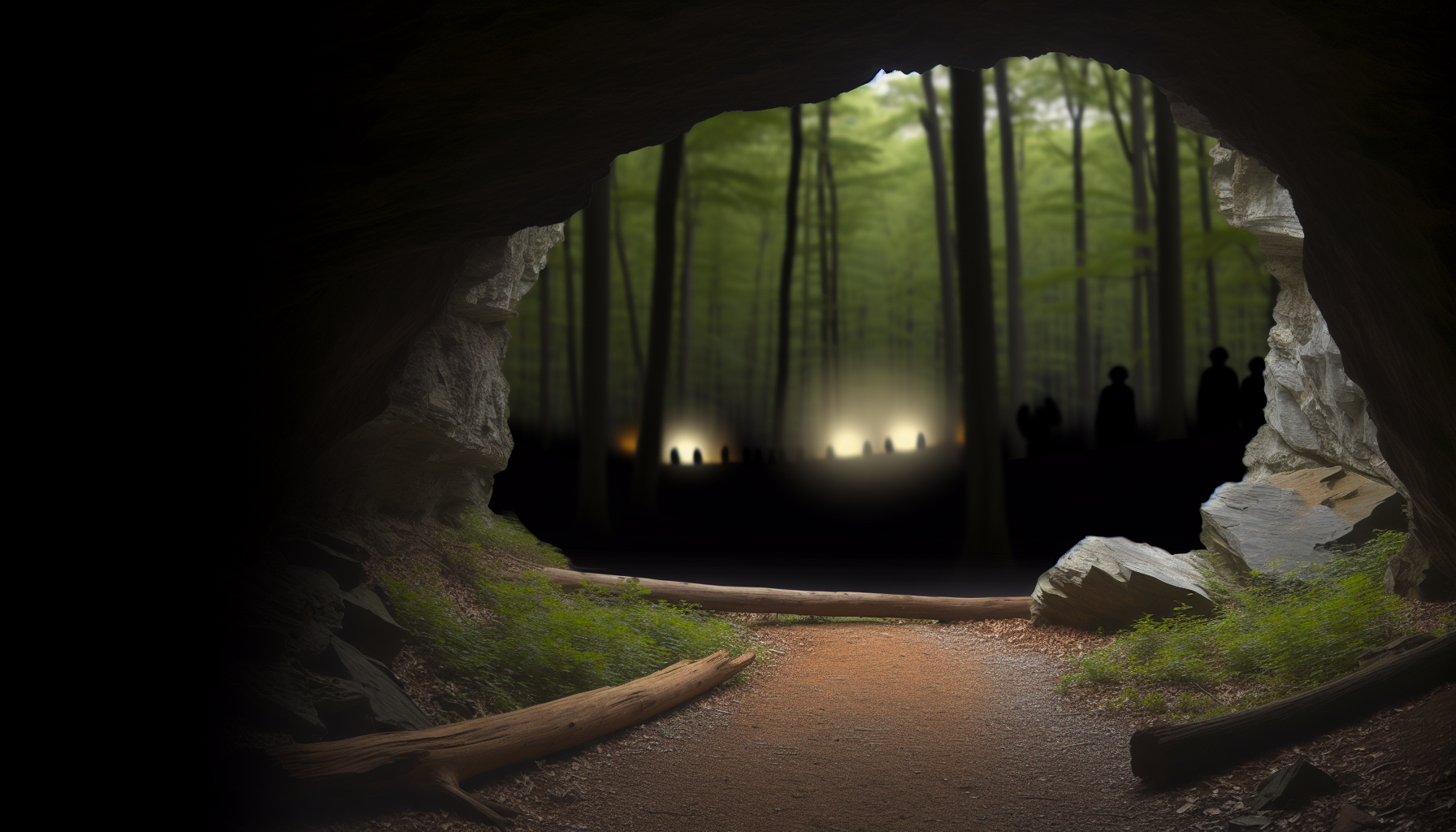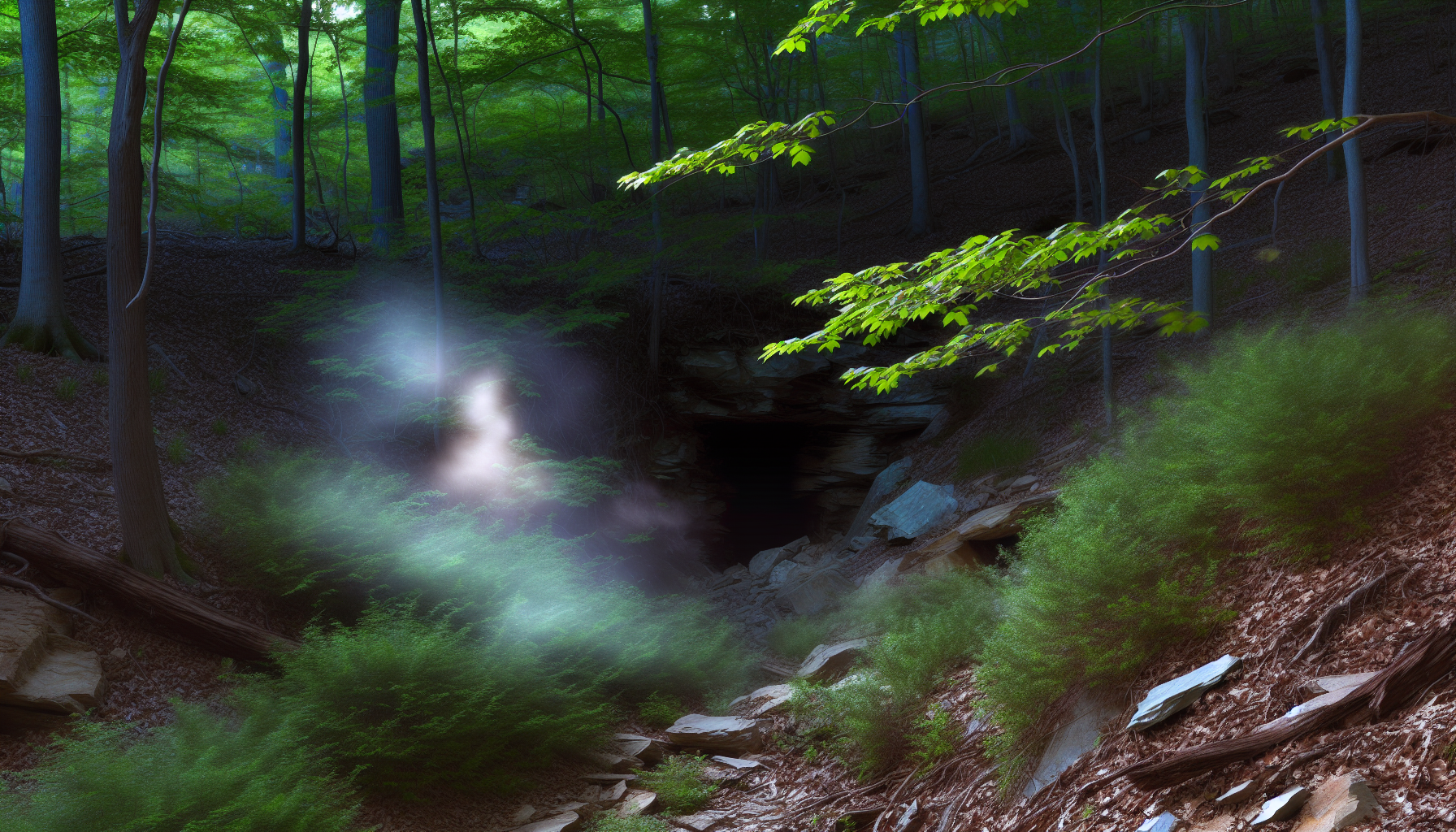Takoma Park, Maryland, often known for its charming streets and historic roots, has become the nexus of intrigue for theorists obsessed with space invasions and dark conspiracies. In this article, we delve into the fascinating blend of suburban tranquility and the whispers of extraterrestrial occurrences.
Takoma Park: A Gateway to Other Worlds
Takoma Park, Maryland, is a place where the ordinary and extraordinary intertwine, creating a unique tapestry that has attracted attention far beyond its geographical confines. Known for its lush landscapes, historic homes, and progressive policies, this small city near the heart of the American political landscape harbors tales that seem to belong in science fiction. Yet, these stories of space invasions and unexplained phenomena have found a fertile ground in Takoma Park, where the line between reality and myth becomes intriguingly blurred.
At the core of Takoma Park’s allure are the rumors of extraterrestrial events that have circulated among its residents for generations. These tales range from sightings of unidentified flying objects (UFOs) hovering silently over Sligo Creek Park to whispered accounts of close encounters in the quiet, tree-lined streets. Some residents share stories with a wink, enjoying the playful speculation such tales provoke. Others, however, discuss them with a seriousness that underscores a genuine belief in their experiences of the paranormal or extraterrestrial.
Takoma Park’s standing as a hub for these extraordinary claims is not entirely without foundation. Its history is dotted with individuals who have played pivotal roles in the American UFO scene. From retired military personnel speaking out about their encounters with unexplained aerial phenomena to researchers dedicating their lives to investigating claims of extraterrestrial visitation, the city has been a gathering place for those who look to the stars for answers.
The question arises: why Takoma Park? Some point to its proximity to Washington, D.C., as a magnet for stories of cosmic conspiracies. The nation’s capital, with its secrets and power, casts a long shadow, and Takoma Park lies close enough for its residents to speculate on what might be hidden among the governmental archives or beneath the bureaucratic red tape. Conversely, the city’s reputation as a haven for free thinkers and its historic opposition to mainstream views, as seen in its nuclear-free designation, may attract those who question conventional explanations and seek deeper, sometimes more outlandish, truths.
Delving deeper into the fabric of these tales, one finds that they frequently reflect larger societal anxieties. During the Cold War, for example, stories of space invasions served as metaphors for fears of nuclear annihilation or subversion by unseen enemies. In today’s context, they can be interpreted as manifestations of uncertainty in an era of rapid technological change and global instability.
To assess the veracity of Takoma Park’s extraterrestrial lore, one must sift through layers of anecdote and speculation. Interviews with long-time residents reveal a mixture of skepticism and belief. Some recount events that they can neither explain nor forget, such as lights in the sky that move with impossible speed or silence. Others offer more prosaic explanations, attributing the sightings to atmospheric phenomena, military aircraft, or simply the power of imagination.
Urban historians provide a broader context, suggesting that Takoma Park’s stories are part of a larger tradition of American folklore in which the exceptional and the supernatural serve as vehicles for communal storytelling. They argue that these narratives, whether grounded in fact or not, contribute to the city’s identity and its residents’ sense of place.
The psychological allure of conspiracy theories also plays a role in the persistence of these stories. For some, believing in extraterrestrial involvement offers a way to make sense of the world that is more exciting or comforting than the often mundane reality. This inclination towards belief in the extraordinary is not unique to Takoma Park but finds a particularly receptive audience in this community of open-minded individuals.
By examining these elements – the tales themselves, the historical and societal contexts in which they arise, and the human propensity towards belief in the extraordinary – it becomes possible to navigate the intricate boundary between fact and fiction in Takoma Park. While definitive proof of extraterrestrial visitation remains elusive, the stories themselves serve a purpose, reflecting the hopes, fears, and imaginative spirit of a community that stands at the crossroads of the ordinary and the unknown.
In conclusion, Takoma Park’s reputation as a gateway to other worlds is as much a testament to its unique character as it is to the enduring human fascination with the cosmos. Whether one views its tales of space invasions and cosmic conspiracies with skepticism or belief, they undeniably enrich the city’s cultural landscape. They invite residents and visitors alike to look up at the stars and ponder what might lie beyond, encouraging an openness to the mysteries of the universe that is, perhaps, the most extraterrestrial thing about Takoma Park.
Conclusions
In conclusion, Takoma Park, Maryland, presents a unique case study where idyllic suburban life and otherworldly conspiracy theories converge. While tangible evidence for these space invasion tales remains elusive, their existence continues to fuel the imaginations and dialogues of both skeptics and believers alike.










